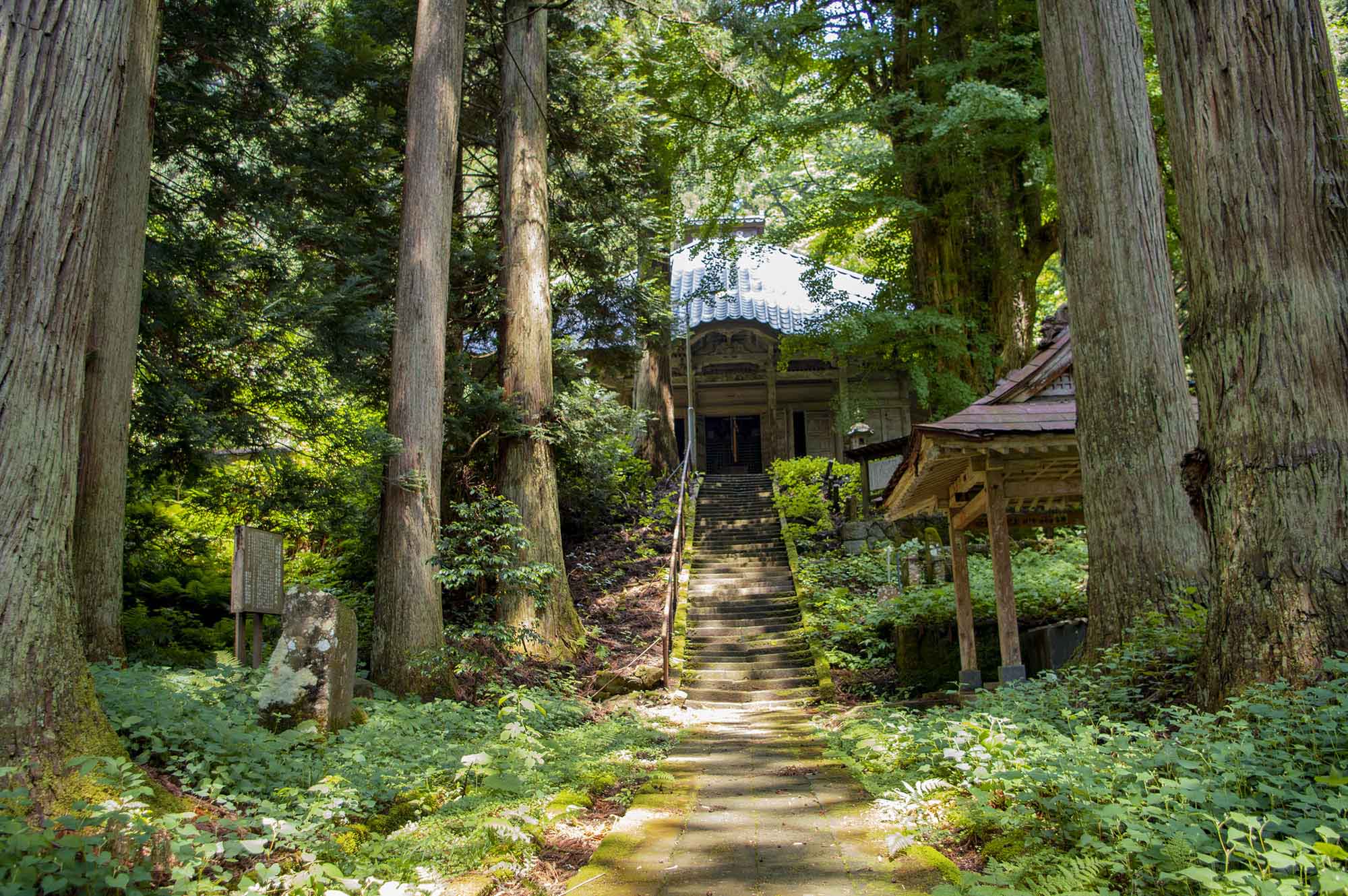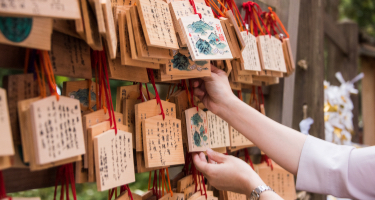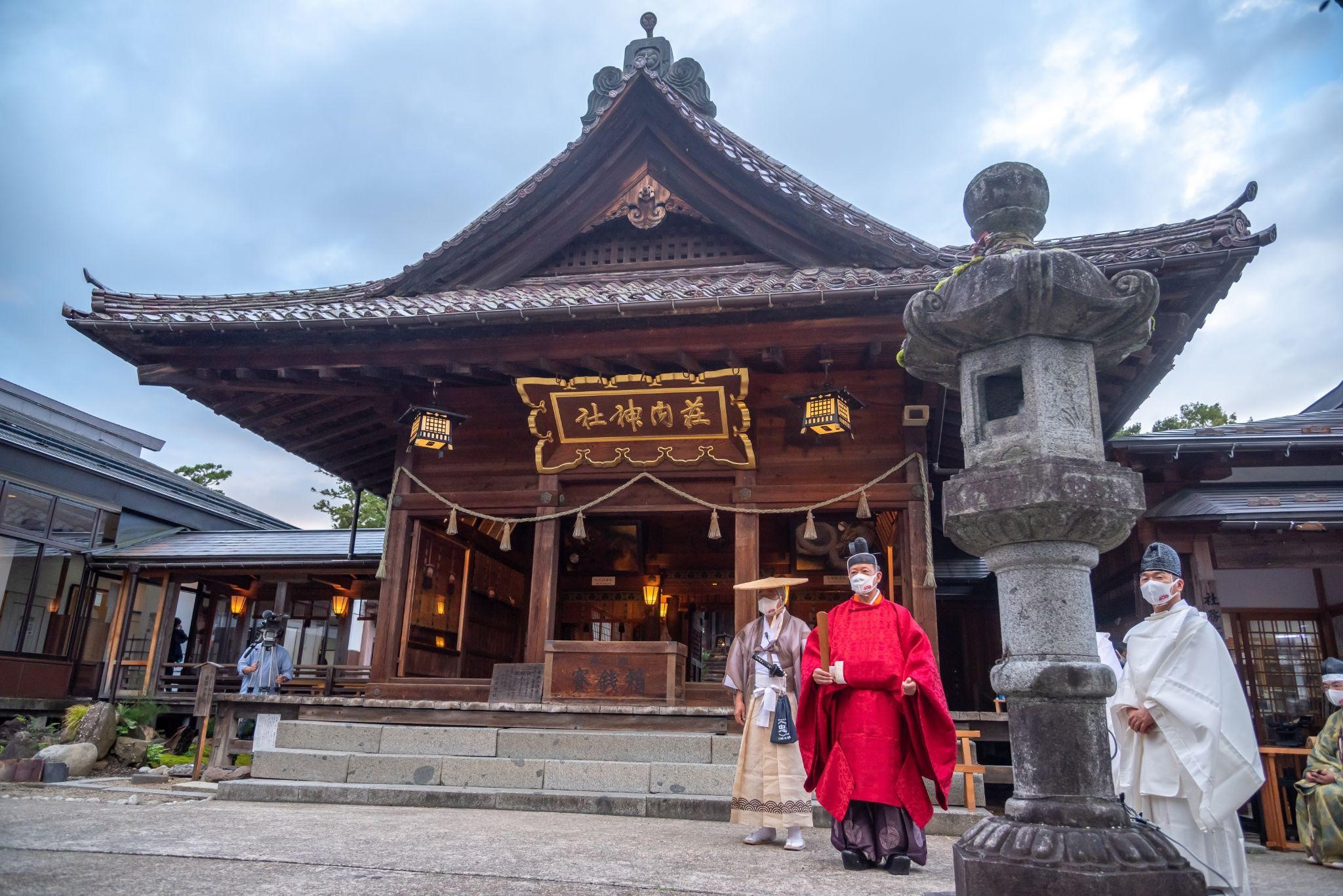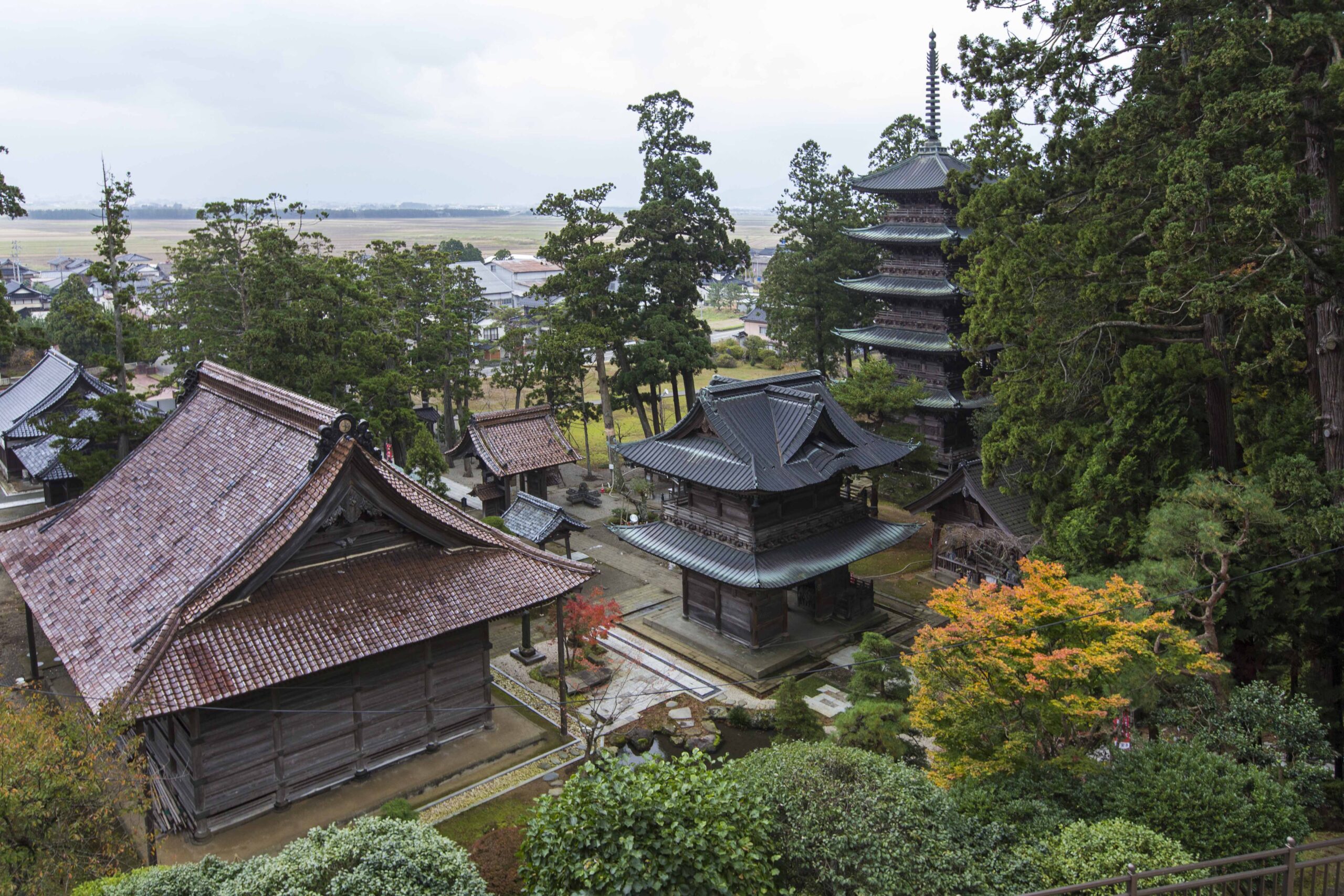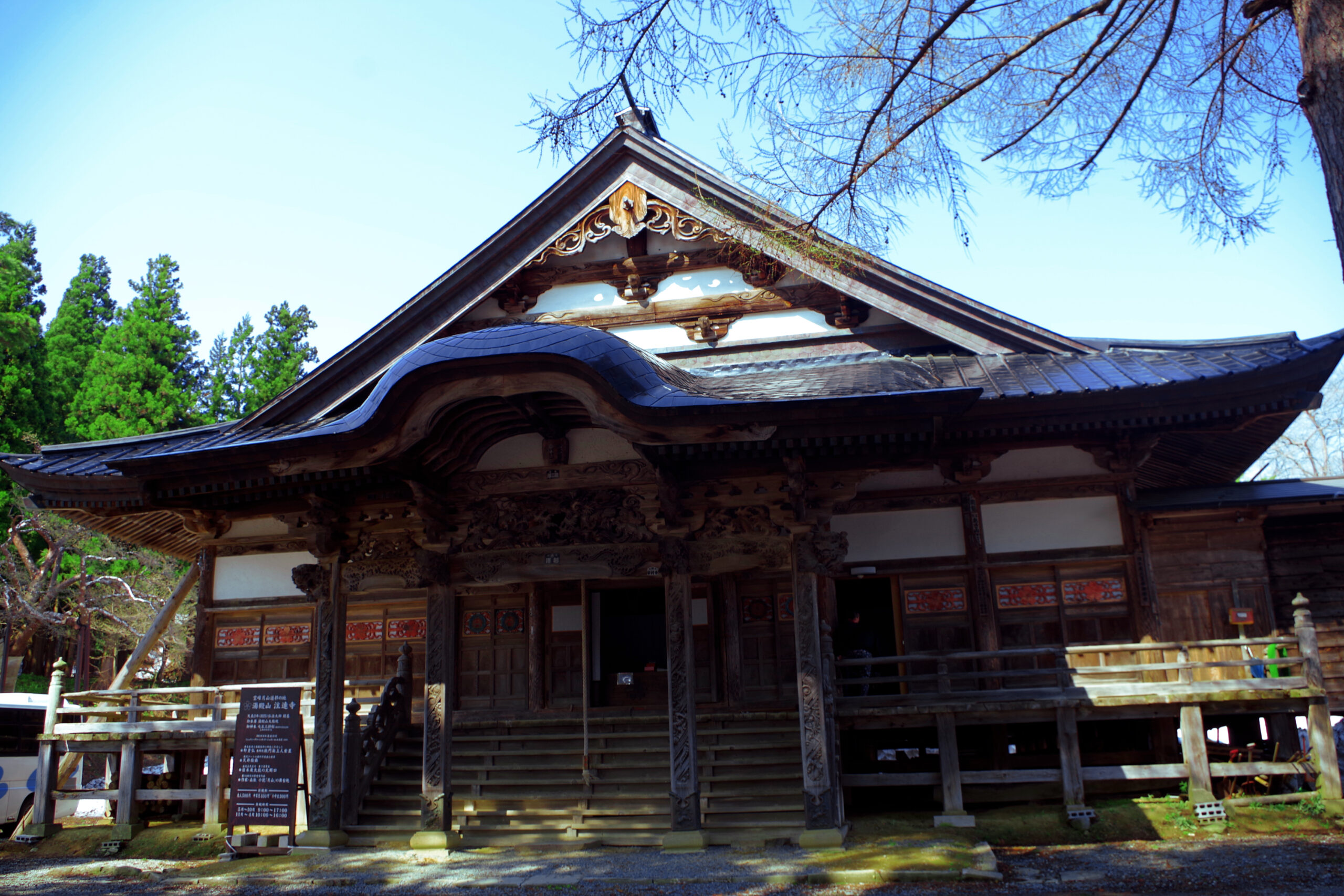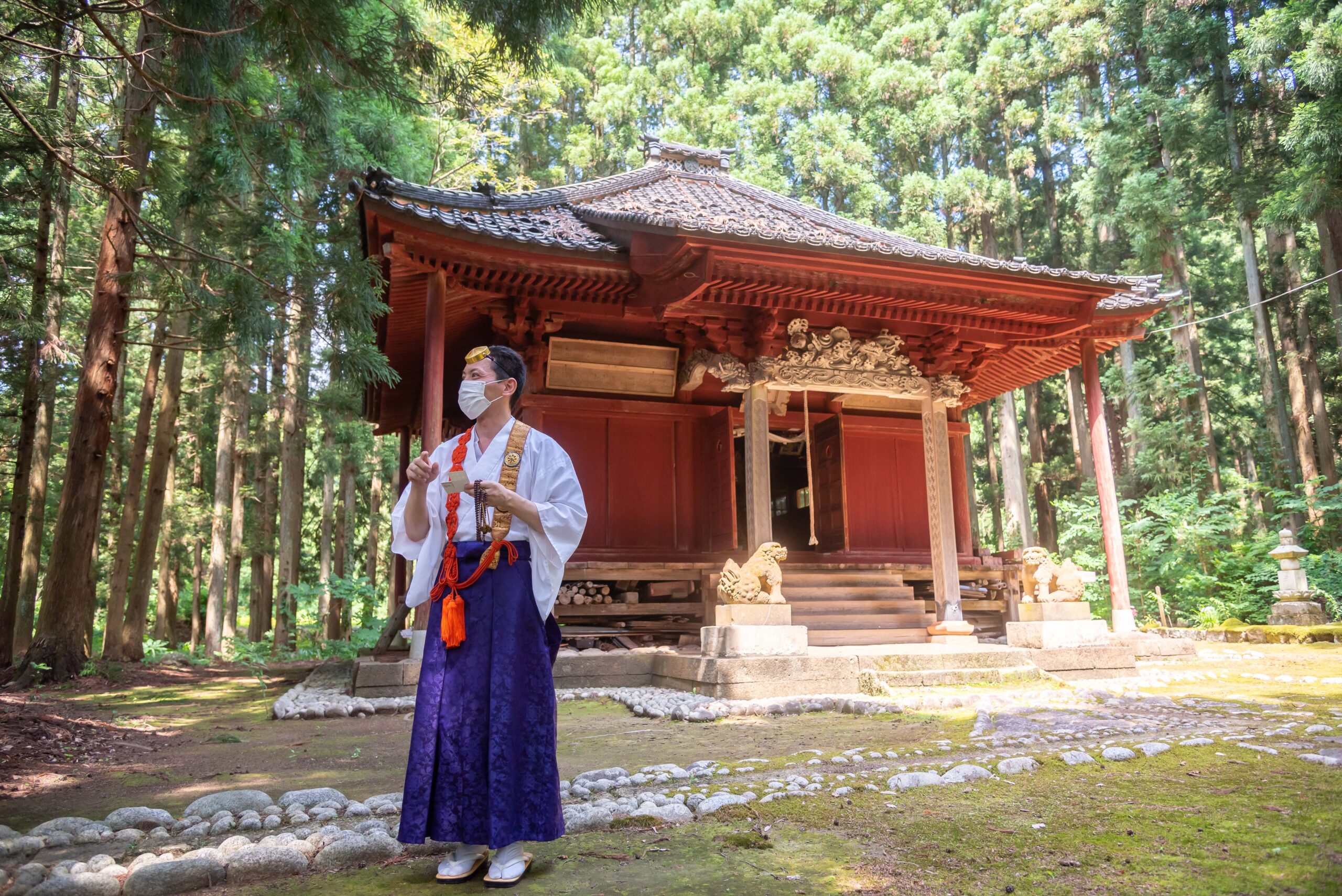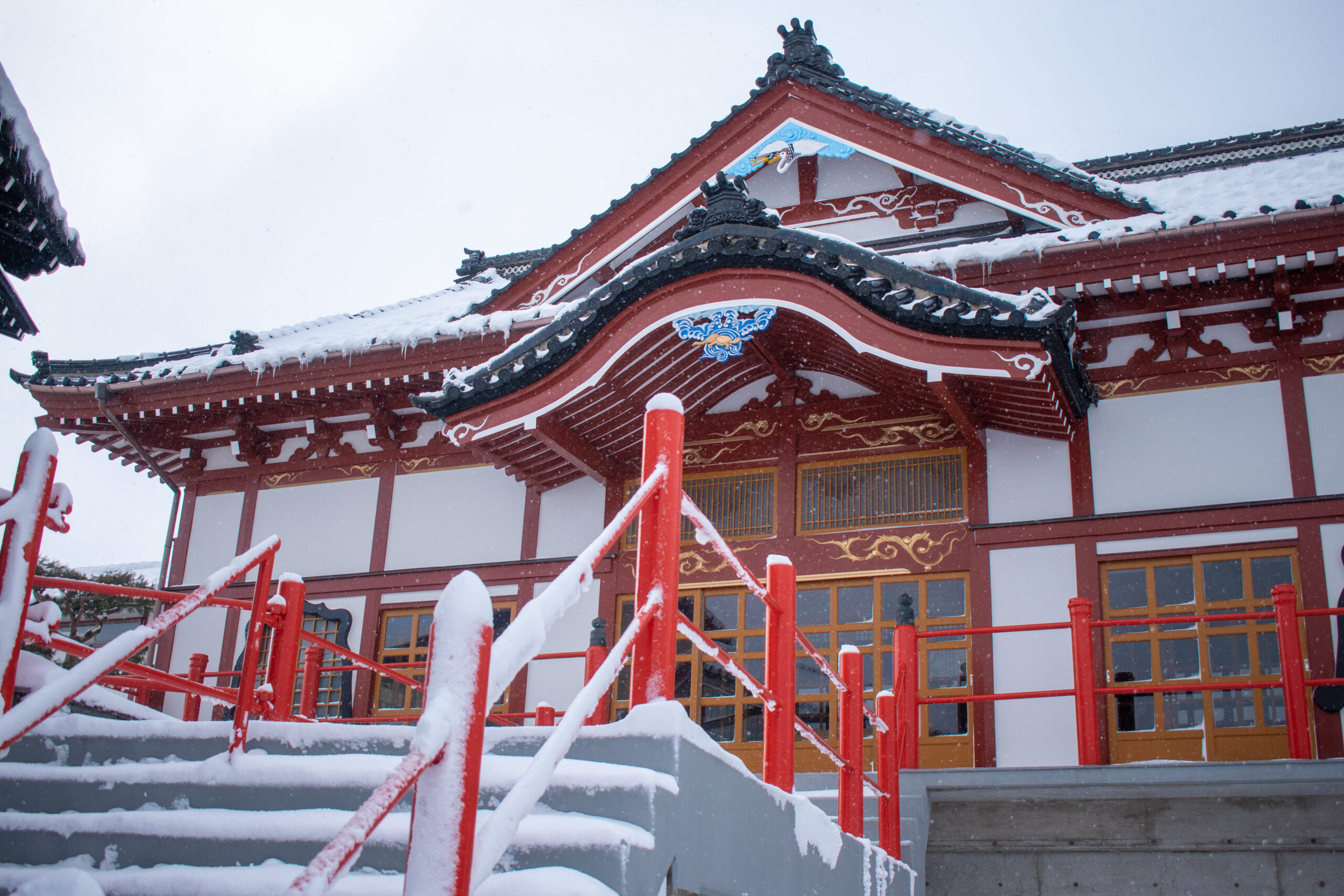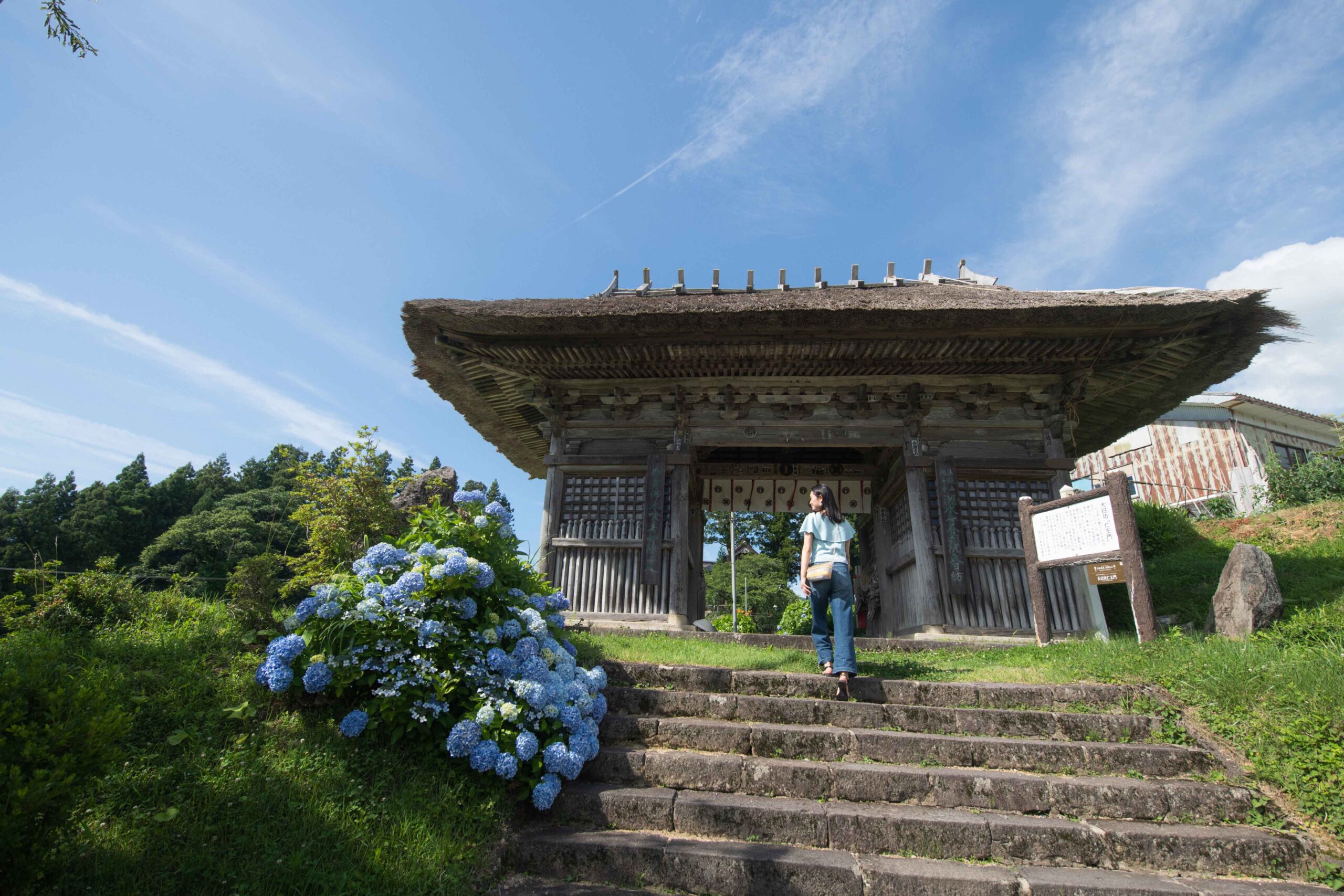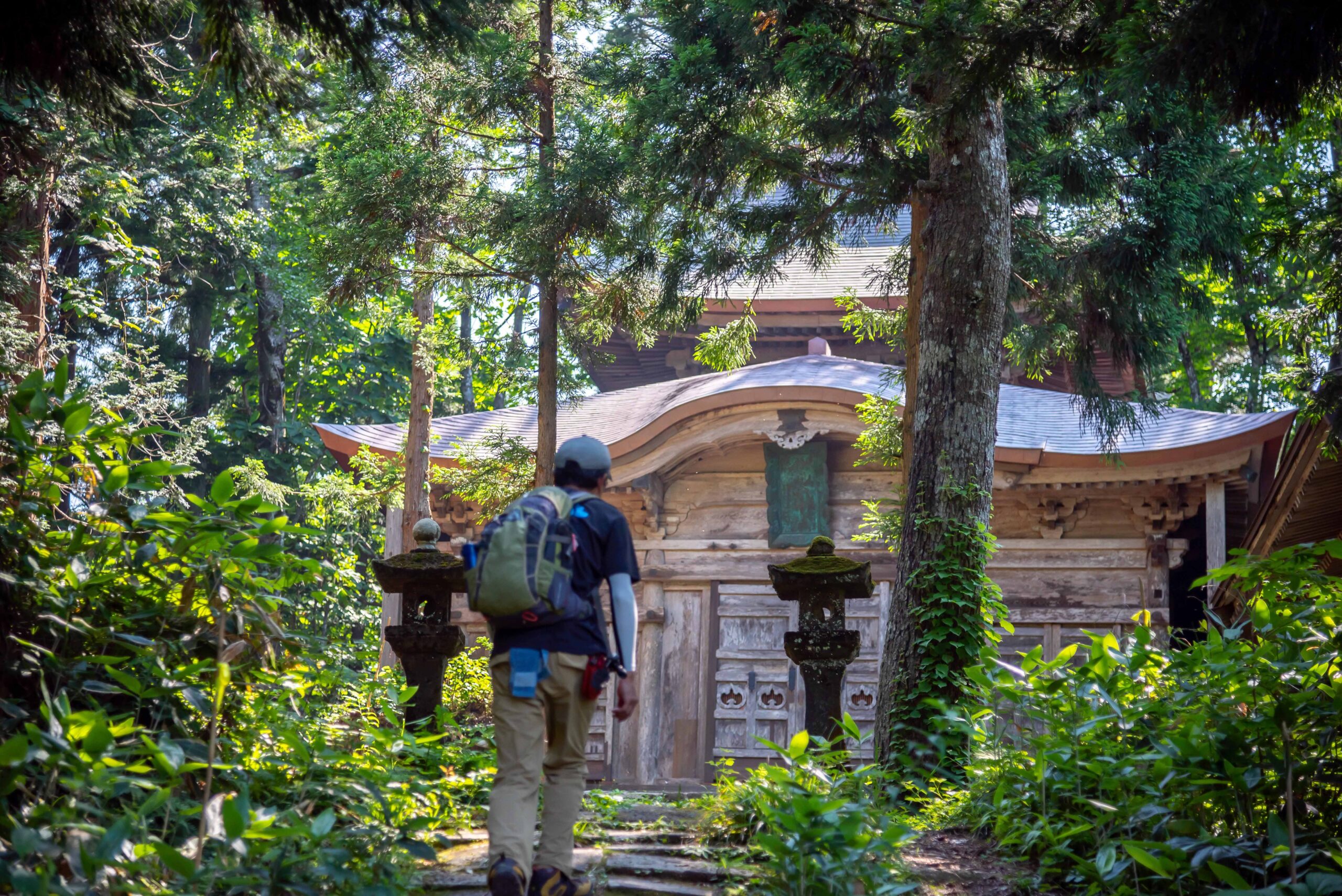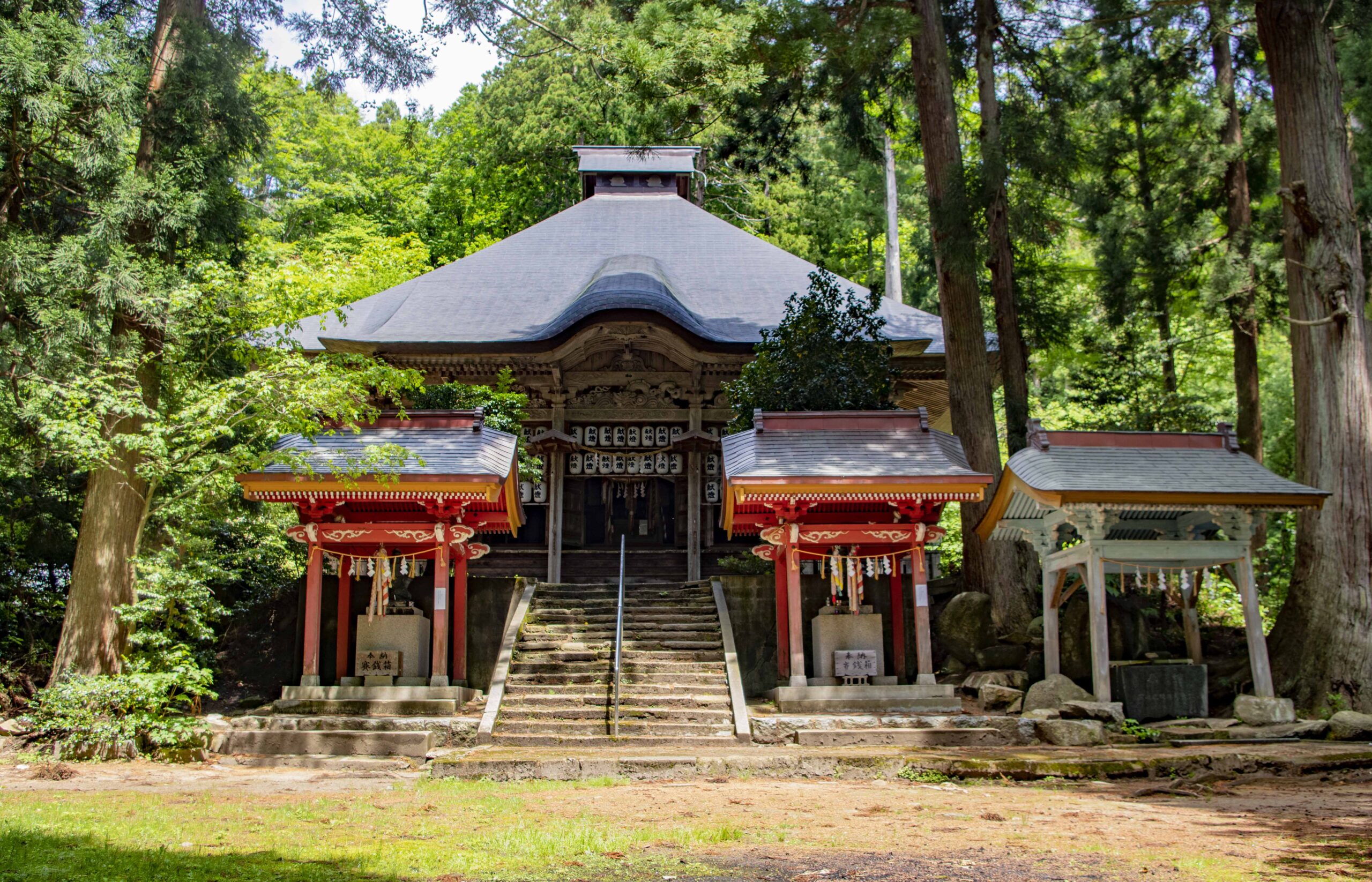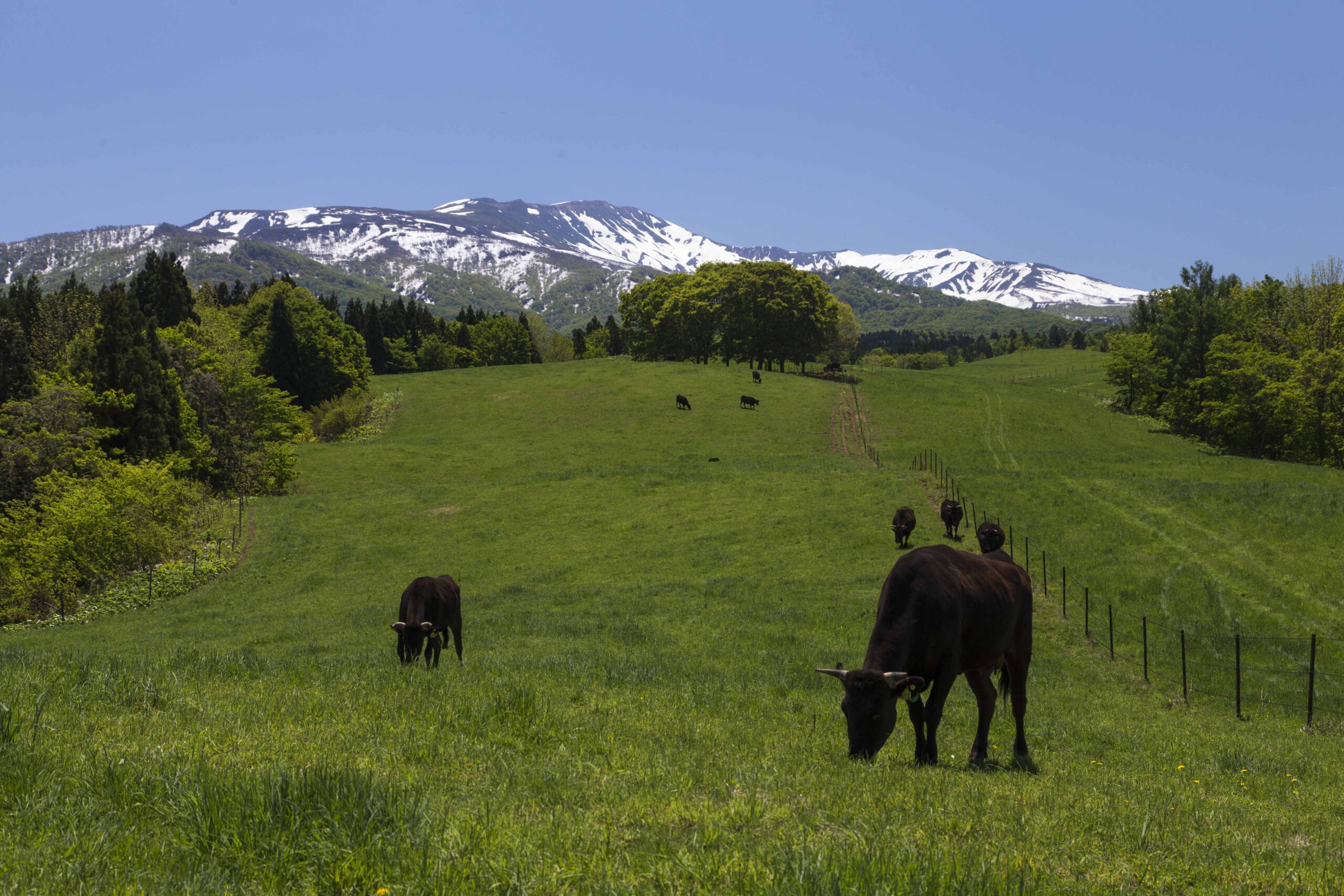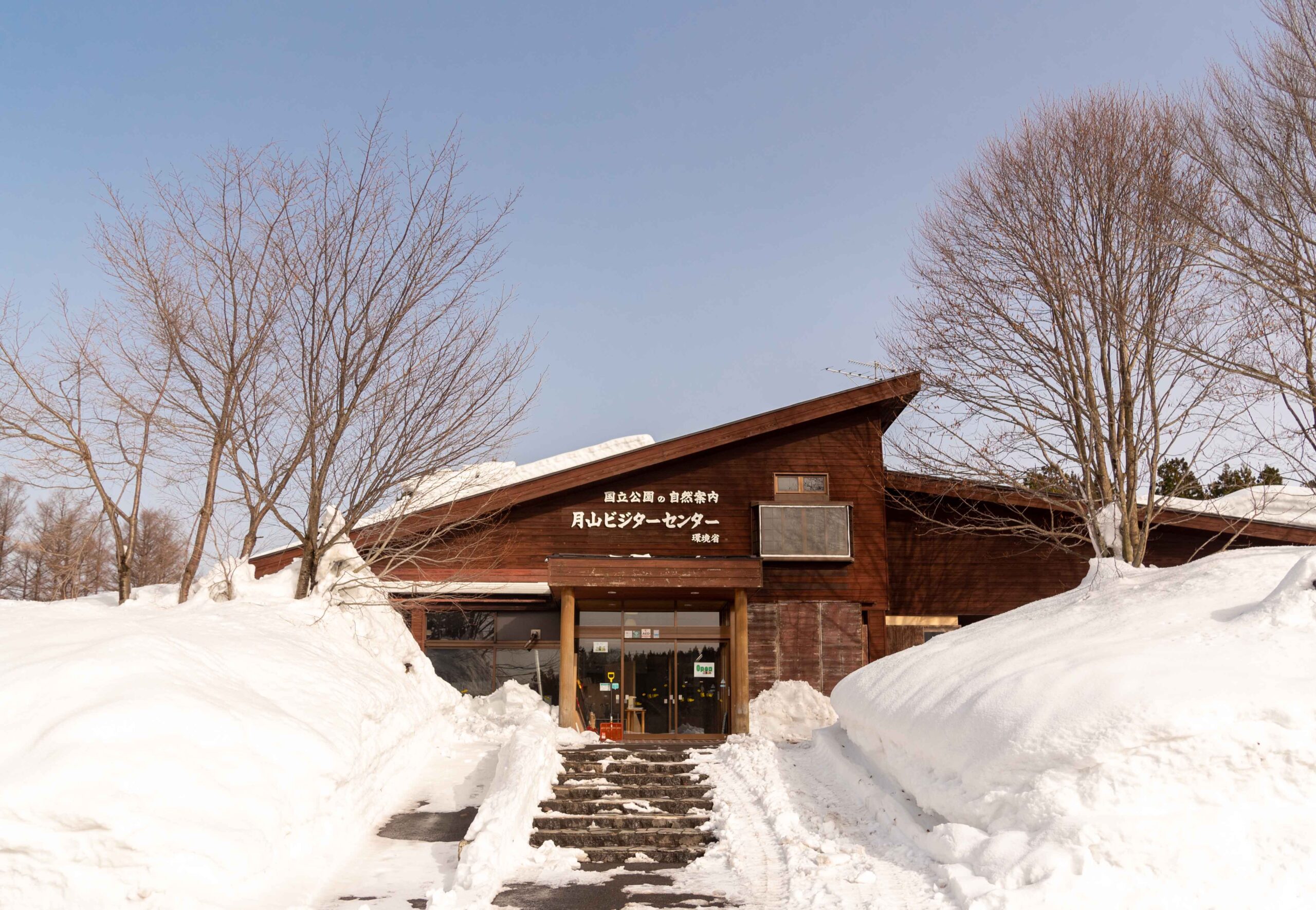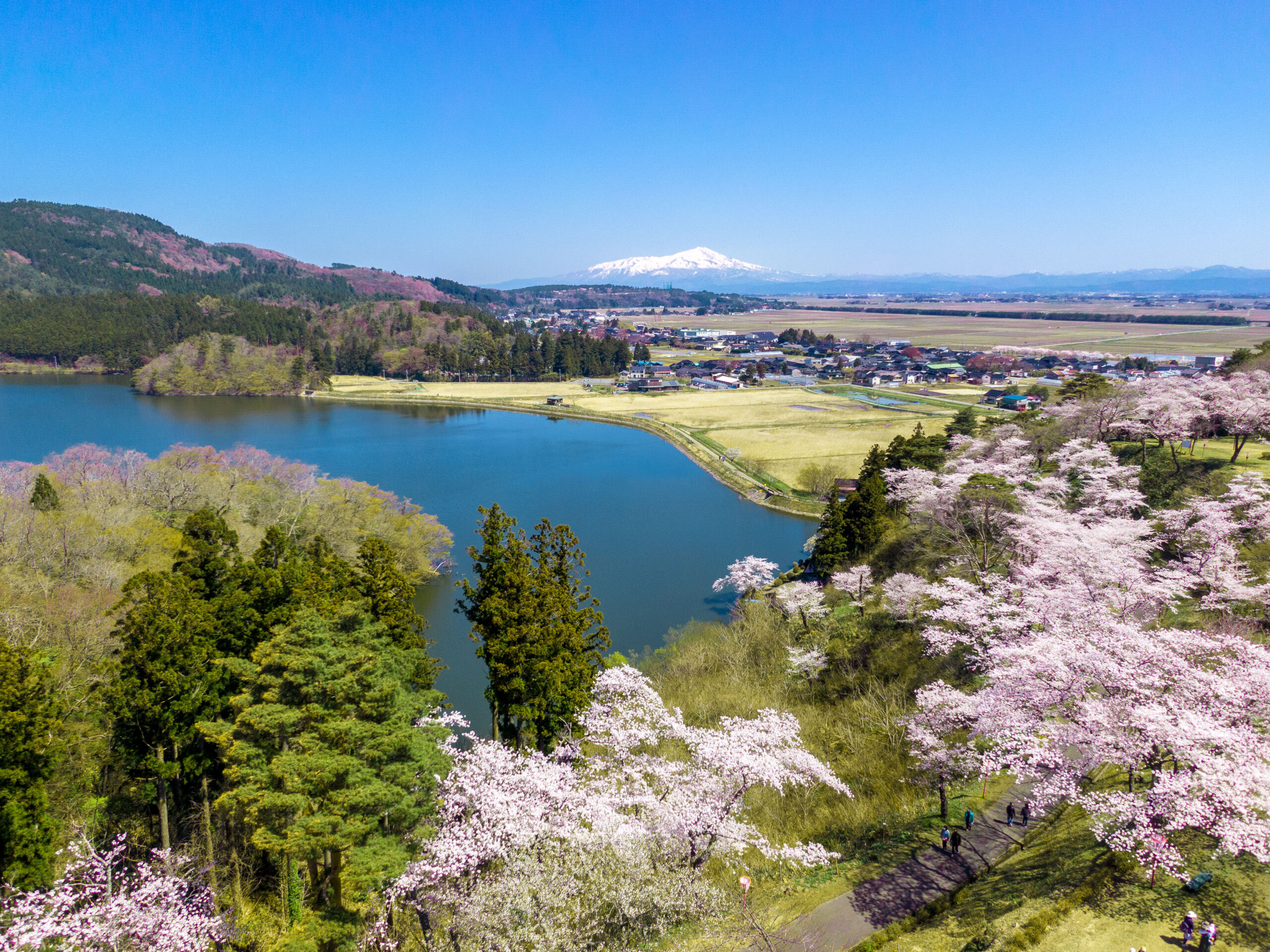Oyama Park is situated on the site of the former castle, Oura Castle, which served as the residence of the Sengoku daimyo Muto clan.
Approximately 150 years ago, Tanaka Masaharu from Oyama Village, grateful to the deity Sankyodaigami for escaping severe punishment from the shogunate for his participation in the Oyama Rebellion, planted over 800 cherry and peach trees on the Oura Castle Mountain. This marked the beginning of the cherry tree planting on Castle Mountain. Subsequently, in the third year of the Keio era, Shonai Clan lord Sakai Tadahatsu ordered Sato Junta, the wealthy landowner, to purchase and plant cherry trees from the Oyama district. Since then, Castle Mountain has been embraced by many people.
What’s the “Oyama Rebellion”?
When the land of Oyama, previously known as tenryo (imperial territory), became entrusted to the Shonai Clan, the residents of Oyama, desiring to maintain tenryo status, staged a rebellion. Representatives of this disturbance went to Edo to appeal to officials such as the Kansukebugyo, Roju, and Kago-don, and although the Sakai family also took measures, the rebellion ultimately ended in defeat for the peasant side, leading to the imposition of penalties.
In the early 1930’s, the sake brewer Kato Kahachiro began constructing a park here at his own expense. Completed in the 15th year of Showa, it was named “Kakayama Park.” The park features two observation decks and eight monuments known as the “Oura Hakkei,” allowing visitors to enjoy different panoramic views, attracting people from various places.
Later, in the 18th year of Showa, the park was donated to the Komine Shrine and Sankyodaigami Shrine, and its name was changed to “Oyama Park.” The park gained renown as a cherry blossom viewing spot, drawing crowds of spectators during the cherry blossom season. The annual “Oyama Park Sakura Festival” is also held each year.
